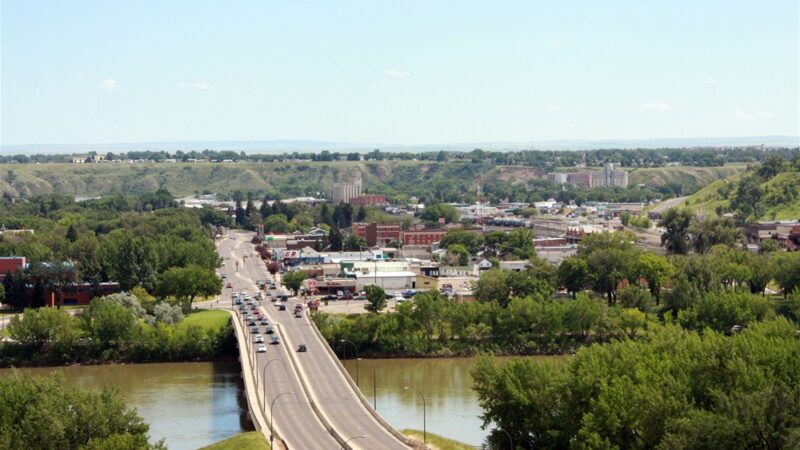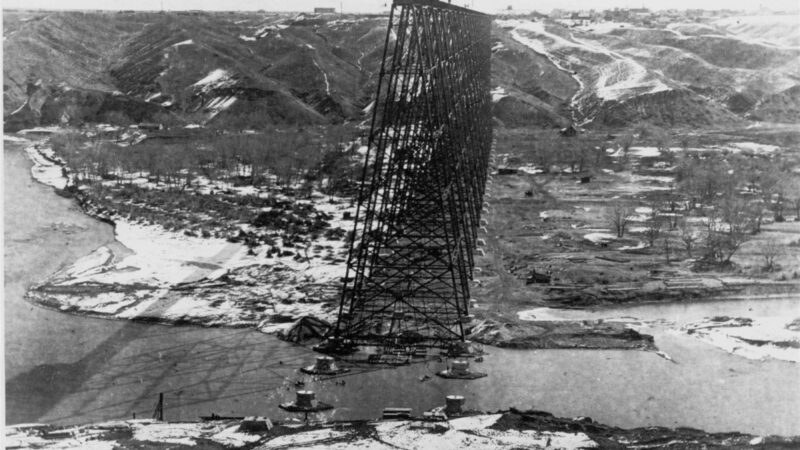The City of Calgary

Calgary’s history goes back to 1787 with the first recorded European to the area, cartographer David Thompson. Eighty-six years later the first settler came to the Calgary area, and with that, the late 19th century grew replete with much history in this region.
The Canadian Pacific Railway arrived in 1883, and the incorporation and inauguration of Calgary and its first mayor took place in 1884. It was not until 1902 that oil was first discovered in Alberta, and in 1947 when large oil reserves were found in the province, making Calgary the centre of the oil boom. Growth has taken place exponentially since then.
The centre of the city is situated in the south of Alberta and is the largest city in Alberta. East of the Yoho National Park, Banff National Part, the Elbow-Sheep Wildland and Peter Lougheed Provincial Park in Alberta, Calgary lies in an area of foothills and prairie, and sits east of the Canadian Rockies. Highway one connects the city to Banff and Highway 2 heads north to Innisfail and towards Red Deer.
A greatly diverse city, Calgary can count over 200 well-planned, safe and unique “communities” or neighbourhoods in the region. With Calgary divided into four quadrants – Northwest, Northeast, Southwest and Southeast Calgary, the Bow River on the north borders the downtown commercial core; the Elbow River forms the boundary to the east.
The downtown area is home to the Government, entertainment districts and retail core along with other neighborhoods – such as the Downtown West End, East Village and Commercial Core. Other neighborhoods include Chinatown, Eau Claire and the Beltline – separated with mostly residential and mixed-use neighborhoods.
The population of the City of Calgary according to its 2019 municipal census is 1,285,711, a change of 1.4% from its 2018 municipal census population of 1,267,344. There are a total of 469,874 households and 328, 583 families. The biggest demographic in age group is the 25 to 29 year olds and 30 to 34 year olds. The 35 – 39 year olds along with 40 – 44 year old age group form a large part of the demographics.
The 2019 age distribution estimates the greatest increase in the demographics will come through the 35 to 44 years olds. Young families are gravitating towards Calgary’s way of life, and populations in other towns in the region such as Canmore, Okotoks and Strathmore have contributed towards the fast growing pace of these communities.
Calgary’s economy includes energy, financial services, film and television, transportation and logistics, technology, manufacturing, aerospace, health and wellness, and retail and tourism sectors. The region is a major transportation hub for Southern Alberta, Saskatchewan, BC and parts of northern USA. Statistics Canada defines the Calgary CMA as including nine municipalities: Calgary and Airdrie, Rocky View County, Chestermere, Cochrane, Crossfield and Irricana, the village of Beiseker, and First Nations Reserve – Tsuu T’ina Nation.
According to the Calgary Real Estate Board – CREB®
2020 opens with a slight gain in sales Housing market conditions continue to follow similar trends to last year, with gains in sales.
At the same time, there have been further reductions in new listings, inventory and more declines in prices.
January sales activity was 863 units, nearly eight per cent higher than last year’s levels. While sales remained well below January activity recorded before 2014, they remain consistent with activity recorded over the past five years.
“A persistent slowdown in the energy sector has resulted in a reset in many aspects of our economy. This includes the housing market,” said CREB® chief economist Ann-Marie Lurie.
“We continue to see the slow adjustment to more balanced conditions, but it will take time before that starts to translate into price stability.”
Citywide unadjusted benchmark prices were $417,100 in January. This is slightly lower than the previous month and nearly one per cent lower than last year’s levels.
Benchmark prices eased, but there were some modest improvements in both the average and median prices. This is likely a reflection of some changes in the distribution of sales.
This summer visit Tourism Calgary https://www.visitcalgary.com/ for more information regarding the numerous events ranging from art shows, concerts, sports events and other organized activities posted for the summer months of July and August into September.
![]()








